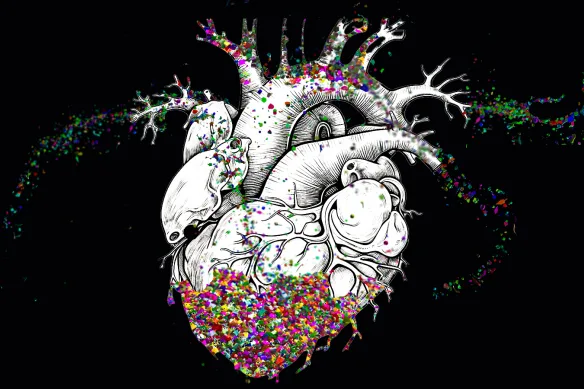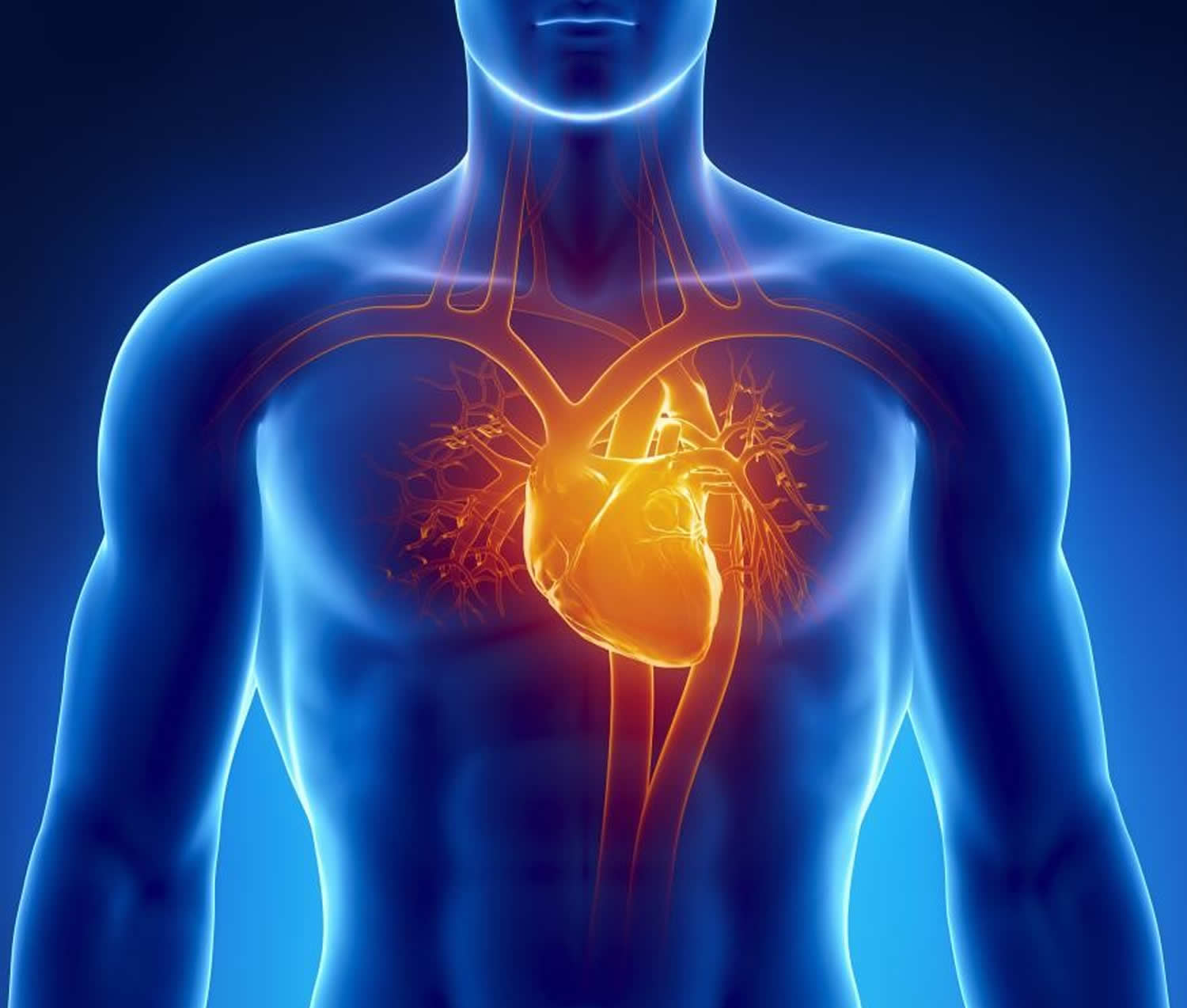
Link between deadly plastics in clothes and bottles and heart problems: current environmental research
In light of growing public concern about environmental issues, a new study has drawn attention to the link between deadly plastics found in clothing and bottles and possible heart problems. This environmental study calls into question the safety of using plastic materials in everyday life and raises important questions about the impact on human health.
Microplastics and health: Alarming findings on heart-related problems
A study conducted on a large sample of people showed scientists that the items we use in everyday life and consume on a daily basis can silently threaten our health. Given these results, experts advise refraining from consuming these products immediately.
The most recent study on cardiovascular disease indicates that minuscule plastic particles called microplastics might have a more substantial impact on our health than previously assumed.During medical procedures to remove blockages in the arteries, researchers found microplastics in more than half of the patients. In addition, those who were found to have microplastics in their arteries had a significantly elevated likelihood of heart attacks and strokes and mortality, reports The Age.
Nanoplastics and microplastics, which are smaller than 5 millimeters in size, enter our bodies through everyday objects such as plastic containers, artificial fabrics, and vehicle tires. They penetrate not just into the human heart and bloodstream but also the brain, lungs, and even the placenta.
This is alarming among scientists because animal studies have shown that these particles are associated with inflammation and damage to the body. However, research on their impact on human health is in its initial phases. In this particular study, scientists observed that individuals with these particles present in their arteries had a 4.5 times higher risk of experiencing severe heart issues.
The finding has led public health professionals to advocate for action, including minimizing the utilization of disposable plastics.
The ease of access and widespread availability of plastic might not justify the potential health hazards it presents.

It’s essential to highlight that this study establishes a correlation, not a causation. The authors highlight that besides microplastics, factors like air pollution containing microplastics might lead to a higher risk of cardiovascular disease.
Scientists believe that more research is needed to fully comprehend the extent of the danger posed by microplastics to humans, considering their widespread presence in the environment and the body.
Their research contributes to the increasing body of evidence indicating that microplastics are not just an environmental concern but also a possible hazard to billions of lives. As researchers delve deeper into understanding the impact of these particles, the study authors highlight the importance of recognizing the true ramifications of our reliance on plastic and seeking sustainable alternatives to safeguard both our health and the planet.
Biological risks: how microplastics and nanoplastics affect ecosystems

Microplastics and nanoplastics pose serious threats to ecosystems, affecting various levels of biological organization. Here are some key dangers they pose:
Pollution of water systems. Microplastics and nanoplastics can enter aquatic systems through a variety of sources, such as cosmetic products, synthetic clothing and plastic packaging. They can remain in water for long periods of time, polluting resources and threatening animals and plants.
Toxicity to animals. Microplastics and nanoplastics can be ingested by marine and freshwater organisms. This can lead to toxic effects such as digestive problems, tumor formation and even death. Plastic can also accumulate in animal tissue, threatening the integrity of their bodies.
Impact on food chains. When animals ingest microplastics and then they themselves become part of the food chain, this can lead to the transfer of plastic to higher levels of consumption, including humans. This poses real threats to the health and safety of food resources.
Microbiome change. Nanoplastics can also influence microorganisms in soil and water, changing the microbiome and influencing biological processes. This can have wide-ranging effects on soil, vegetation and animal health.
Spread of pollution. Microplastics and nanoplastics can serve as carriers of toxic substances and contaminants such as pesticides and heavy metals. This leads to the spread of pollution and deterioration of environmental quality.
Overall, microplastics and nanoplastics present substantial dangers to ecosystems, requiring serious measures to control them and reduce plastic use in general.